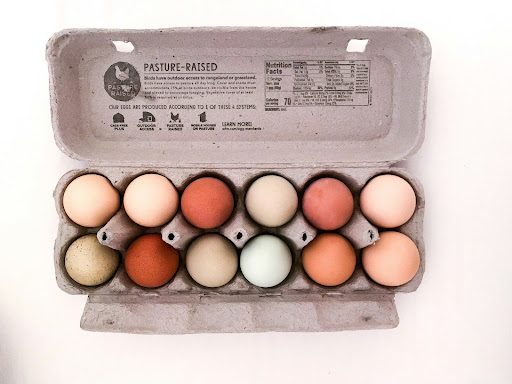
TikTok has become its own form of society where people can gather and join different “sides” that cater to their specific interests and beliefs. A place where watchers can easily be transported into a world where everyone is friends with one another without ever actually having to communicate.
It’s the perfect world for young adults looking for an escape, but what does it mean when this utopia starts forming its own societal standards and economy? What about when it begins to trickle into the “real world” and affect the way people act, dress and spend their money? The TikTok utopia is quickly becoming an alternate reality.
The New York Times tracked items and their increase in sales after becoming trends on the app. They say, for example, that the Little Green Machine, a vacuum used in cars and on mattresses, had its sales more than double after creators on TikTok began recording themselves doing deep cleans or “Sunday resets.”
Other products, such as Stanley Cups and plastic storage containers have people, particularly women, running to Target and Amazon to purchase. This type of consumerism and the constant need to market the “best” products that everybody “needs” or should already have in their home directly contributes to the aestheticism taking over social media. In other words, if you want to fit into a certain category both in real life and on the app, you better have the wallet for it.
Vogue tracked the micro-trends, trends that cater to a smaller group of people, of the past year on TikTok and pointed out its roots. From the obvious “BarbieCore” to the “stealth wealth” of old money, Vogue has something to say about the trendsetters of the year. The app and its creators market a certain aesthetic— “clean girl” for instance— and tell you what to buy in order to achieve this way of being. If you want to be a ‘clean girl,’ you have to buy little storage containers for your food, coffee, cleaning products, makeup etc.
It can feel overstimulating being told that everything about your personality — how you laugh, cry and generally experience the world — means nothing if you do not have the “vibe” to match it with. There is something inherently white and classist surrounding the whole idea that women must cater to a specific mold, buy products for it then fail to see themselves represented once they finally give in.
Regardless, to survive the shifting microtrends that TikTok is constantly perpetuating, you must break your wallet and “go with the flow.” “MermaidCore” for the summer, “mob wife” in the winter, there is no escape for the microtrends that consume the economy and the fashion world all because of an app accessible to the whole world.
Are you a “tomato girl” or a “moon girl?” Are you “old money” or a “vanilla girl?” Here’s how to look like the perfect “trad wife” (products linked in the description down below)! Small clips taken off of Pinterest and put into a montage with a catchy song encompass all that it means to “be” someone on TikTok. There’s no escaping the constant culture of buying and marketing yourself in order to fit into this month’s aesthetic.
Consumerism and aestheticism work hand-in-hand to keep the average person spending their money and minimizing themselves to achieve an unattainable standard. A credit card has become a way to have a diluted sense of being. The only way to combat it is through forming a sense of self that goes beyond a screen and into what people actually want for themselves and the people they surround themselves with.










Grandmom haley • Feb 17, 2024 at 1:07 pm
You are brilliant, Carlyann Carey. Love you.
Grandmom Haley